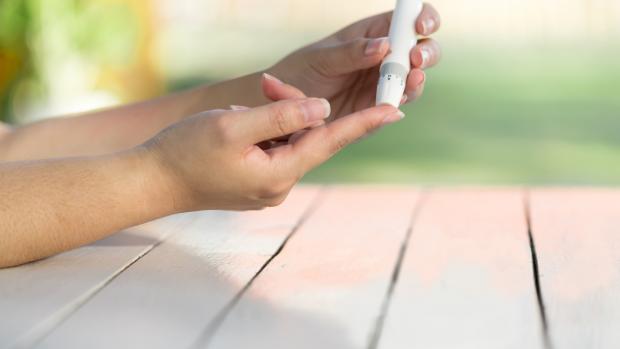A dual-purpose at-home test for COVID-19

According to the World Health Organization, “Diagnostic testing for COVID-19 is critical to tracking the virus, understanding epidemiology, informing case management, and to suppressing transmission.” So, what if there were a quick at-home test for the virus that was as easy and affordable as an at-home pregnancy test? NYU Tandon Professor of Professor of Chemical and Biomolecular Engineering Jin Montclare is close to making that scenario a reality.
Montclare, widely recognized for her work in protein engineering, explains that while detecting infection is crucial, identifying immunity is equally important to keeping outbreaks in check, especially as businesses reopen. To that end, she is helping create a test strip requiring just a drop of blood from a simple finger prick; the strip — coated with proteins specially engineered to grab onto significant targets will recognize either the virus or particular antibodies that are mounted by an individual's immune response, making this a uniquely dual-purpose test.
She points out that the COVID-19 virus and antibody tests now being used in medical settings require specialized equipment and trained personnel; instead, she is developing a paper-based strip test that relies on protein interactions involved during COVID-19 infection. Strip tests have been used for decades to diagnosis diseases like malaria, flu, and HIV, and they typically involve antibodies that recognize various protein markers/antigens or other antibodies. The strips will be engineered to recognize the virus and antibodies from a finger prick of blood and will change color immediately, allowing people to carry testing out at home and learn the results immediately — with no specialized equipment needed, no need to send the sample to a lab, and no trained medical personnel required to interpret the results.
While Montclare has further research to complete and FDA approval to obtain, she hopes that a first-generation test may be ready within six months, and she is currently exploring paths to commercialization with the National Academy of Engineering (NEA). To hear her discuss her work, visit the NEA's Engineering Innovation Podcast and Radio Series.




